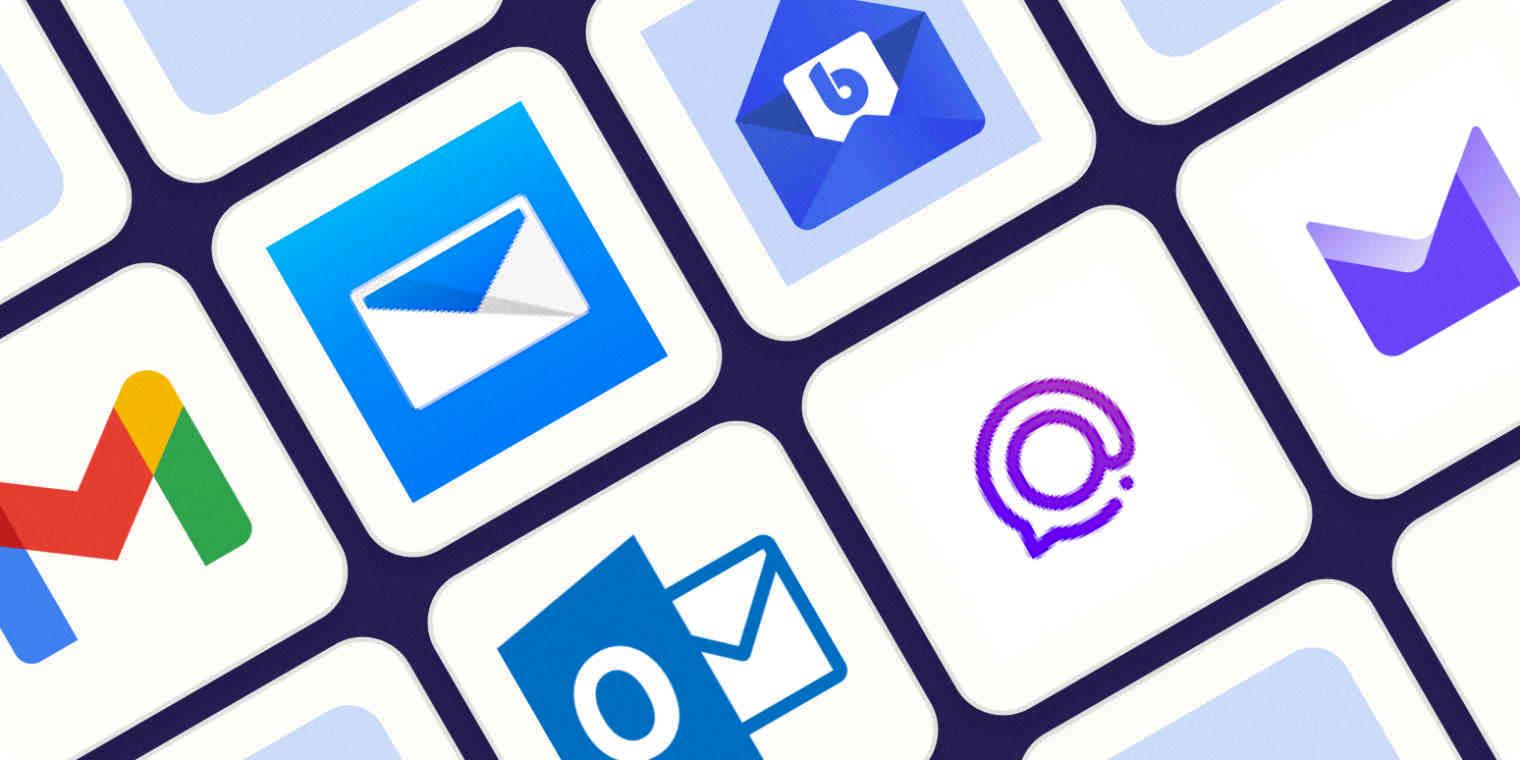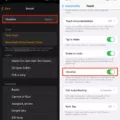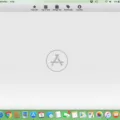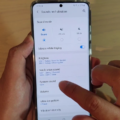Email apps have become an essential tool for communication, allowing us to stay connected and organized. However, it can be frustrating when your email app keeps crashing, disrupting your workflow and causing inconvenience. In this article, we will explore the possible reasons for email app crashes and provide some solutions to fix the issue.
1. Outdated App Version:
One common reason for email app crashes is using an outdated version of the app. Developers regularly release updates to fix bugs and improve performance. Therefore, it is crucial to keep your email app up to date. Check the app store for any available updates and install them to ensure optimal functionality.
2. Insufficient Device Storage:
Another factor that can lead to email app crashes is insufficient storage space on your device. If your device’s storage is nearly full, it can affect the performance of all apps, including the email app. To resolve this issue, you can free up storage space by deleting unnecessary files, apps, or media from your device.
3. Corrupted App Cache:
App cache stores temporary data to help speed up app performance. However, over time, the cache can become corrupted, leading to app crashes. Clearing the app cache can often resolve this issue. To do this, go to Settings > Apps > Email App > Storage, and then tap on the “Clear Cache” option.
4. App Permissions:
Sometimes, app crashes can occur due to incorrect or conflicting app permissions. To ensure that the email app has the necessary permissions, go to Settings > Apps > Email App > Permissions. Make sure all required permissions are enabled, such as accessing storage, contacts, and notifications.
5. Software Glitches:
Software glitches or bugs can also cause email app crashes. In such cases, a simple restart of your Android device can often resolve the issue. Press and hold the power button, then tap on “Restart” or “Reboot” to restart your device. This can help refresh the system and potentially fix any temporary software issues.
6. Email Sync and Account Settings:
If your email app is crashing specifically when trying to sync or access certain email accounts, there may be an issue with the sync settings or account configuration. Double-check your email sync settings and ensure that the correct server details, login credentials, and security settings are entered correctly. You can also try removing and re-adding the email account to see if that resolves the issue.
7. Network Connection:
A stable internet connection is crucial for proper functioning of the email app. If your device’s internet connection is weak or intermittent, it can lead to app crashes. Check your Wi-Fi or mobile data connection and ensure that it is stable. You can also try switching between Wi-Fi and mobile data to see if that makes a difference.
Email app crashes can be frustrating, but there are several steps you can take to fix the issue. By updating your app, freeing up storage space, clearing app cache, checking app permissions, resolving software glitches, and ensuring proper account and sync settings, you can often resolve the problem and enjoy a smooth email experience on your Android device.
How Do You Fix Your Email App On Android?
To fix the email app on your Android device, follow these steps:
1. Check your device’s internet connection: Ensure that your device is connected to a stable and reliable internet connection. Without a proper connection, your email app won’t be able to sync or send/receive emails.
2. Restart your Android device: Sometimes, a simple restart can resolve any temporary glitches or issues that may be affecting your email app. Press and hold the power button on your device, then select “Restart” or “Reboot” to restart it.
3. Update your email app: Ensure that you have the latest version of your email app installed on your Android device. Open the Google Play Store, search for your email app, and if an update is available, click on “Update” to install it. Updating the app can often fix any bugs or compatibility issues.
4. Check email sync settings: Open your email app and go to its settings. Look for the “Sync” settings and make sure they are enabled. This allows your app to automatically sync emails and keep your inbox up to date.
5. Check Android sync settings: Go to your device’s settings and look for the “Accounts” or “Cloud and Accounts” section. Find your email account and ensure that the sync settings for your email are enabled. This ensures that your email app is allowed to sync with your account.
6. Check device storage: Insufficient storage on your Android device can cause issues with your email app. Go to your device’s settings and check the available storage. If it’s running low, try deleting unnecessary files or apps to free up space.
7. Reset your email account: If all else fails, you can try removing and re-adding your email account on your Android device. Go to your device’s settings, find the “Accounts” or “Cloud and Accounts” section, and locate your email account. Tap on it and select “Remove” or “Delete.” Then, add your account again by tapping on “Add Account” and following the prompts.
By following these steps, you should be able to fix any issues with your email app on your Android device.

What Can You Do If An App Keeps Crashing?
If you’re dealing with an app that keeps crashing on your Android device, there are several steps you can take to resolve the issue:
1. Force stop the app: Start by going to the Settings menu on your device, then tap on “Apps” or “Application Manager.” Locate the app that is crashing and tap on it. From there, tap on the “Force Stop” button to close the app completely. After that, try reopening the app to see if the issue is resolved.
2. Restart your device: Sometimes a simple restart can fix app crashing problems. Press and hold the power button on your device, then select “Restart” or “Reboot” from the options that appear. Once your device has restarted, try launching the app again to see if it works properly.
3. Clear app data: If force stopping and restarting the app didn’t solve the problem, you can try clearing its data. To do this, go to the app’s settings page (as mentioned in step 1), and tap on “Storage” or “Clear data.” Be aware that clearing app data will delete any personalized settings or data associated with the app, so proceed with caution. After clearing the data, try opening the app again to see if it continues to crash.
4. Reinstall the app: If none of the previous steps worked, you can try uninstalling and reinstalling the app. To do this, go to the app’s settings page (as mentioned in step 1), and tap on “Uninstall” or “Delete.” Once the app is uninstalled, go to the Google Play Store and search for the app. Tap on the “Install” button to download and reinstall it. After the installation is complete, launch the app to see if it still crashes.
5. Check app permissions: Sometimes, app crashes can be caused by improper permissions. Go to the app’s settings page (as mentioned in step 1), and tap on “Permissions.” Make sure the app has the necessary permissions enabled, such as access to storage, camera, microphone, etc. Grant the required permissions if they are disabled, and then check if the app still crashes.
6. Keep your apps updated: App developers often release updates to fix bugs and improve stability. Make sure that both your Android device and the problematic app are running the latest available versions. To update your apps, go to the Google Play Store, tap on the menu icon (usually three horizontal lines), and select “My apps & games.” From there, you can update individual apps or choose “Update all” to update all the apps on your device.
7. Clear cache: App crashes can sometimes be caused by corrupted cache files. To clear the cache for a specific app, go to the app’s settings page (as mentioned in step 1), and tap on “Storage.” Then, tap on “Clear cache” to remove the temporary files associated with the app. Restart the app and check if it still crashes.
8. Free up storage space: Insufficient storage space on your device can lead to app crashes. Delete unnecessary files, uninstall unused apps, or move files to an external storage device to free up space. Having more available storage can improve app performance and reduce crashes.
By following these steps, you can troubleshoot and potentially fix app crashes on your Android device. If the issue persists, you may need to contact the app developer for further assistance or consider seeking help from a technical expert.
Why Did Your Mail App Stop Working On Your iPhone?
There could be several reasons why your Mail app stopped working on your iPhone. Here are some possible causes:
1. Network connection issues: Check if you have a stable internet connection. If your network is weak or unstable, it may prevent the Mail app from working properly.
2. Software glitches: Sometimes, the Mail app can encounter software glitches that affect its functionality. Try refreshing the app or restarting your iPhone to see if it resolves the issue. You can also try reinstalling the Mail app if the problem persists.
3. Incorrect email settings: Verify that your email account settings, including the incoming and outgoing server information, are correct. If there are any errors in the settings, it can prevent the Mail app from fetching new emails or sending messages.
4. Background App Refresh disabled: Ensure that Background App Refresh is enabled for the Mail app. This feature allows the app to update in the background, ensuring you receive new emails in real-time.
5. Incorrect email credentials: Double-check your email address and password to ensure they are entered correctly. Incorrect login credentials can prevent the Mail app from accessing your email account.
6. Fetch settings: Check your iOS Fetch settings to ensure the Mail app is set to fetch new emails frequently. If it is set to fetch less frequently or manually, you may experience delays in receiving emails.
7. Notification settings: Make sure that you have enabled notifications for the Mail app. If notifications are turned off, you won’t receive any alerts for new emails.
8. Outbox issues: If you have multiple email accounts linked to your Mail app, check the outboxes of each account. Sometimes, if an email fails to send, it can cause issues with the app’s functionality.
By considering these possible causes and troubleshooting steps, you should be able to identify and resolve the issue with your Mail app on your iPhone.
Conclusion
If you are experiencing issues with your email app on Android, there are several steps you can take to fix the problem. First, check your device’s internet connection to ensure that it is stable and working properly. Restarting your device can also help resolve any temporary glitches or bugs that may be causing the app to malfunction.
Next, make sure that your email app is up to date. Developers often release updates to fix bugs and improve performance, so keeping your app updated can help resolve any issues you may be experiencing.
It is also important to check your email sync settings on both your email app and your Android device. Ensure that syncing is enabled and that the correct settings are in place. This will allow your email app to retrieve new messages and updates from your email server.
If you are still facing issues, it may be worth checking your device’s storage. Insufficient storage space can cause apps to malfunction, including your email app. Clearing out unnecessary files and freeing up space can help alleviate this issue.
In some cases, resetting your email account can also resolve problems. This involves removing your email account from your device and setting it up again from scratch. Be sure to have your login details and any necessary server settings on hand before attempting this step.
If you are experiencing app crashes on Android, force stopping the app and restarting your device can often resolve the issue. Clearing the app data, reinstalling the app, and checking app permissions can also help fix crashes.
Additionally, it is crucial to keep your apps updated. Developers regularly release updates to address bugs and improve performance, so keeping your apps updated can help prevent crashes and other issues.
Clearing the cache and freeing up storage space on your device can also help prevent app crashes. Deleting unnecessary files, photos, and apps can create more space and improve overall device performance.
Lastly, if you are not receiving emails on your iPhone, try refreshing, restarting, or reinstalling the Mail app. Ensure that background app refresh is enabled and that your email addresses and passwords are correct. Check the fetch, mail, and notification settings on your iOS device, as well as the outboxes of any linked email accounts.
By following these steps and troubleshooting methods, you can address and resolve various email app issues on both Android and iOS devices.








